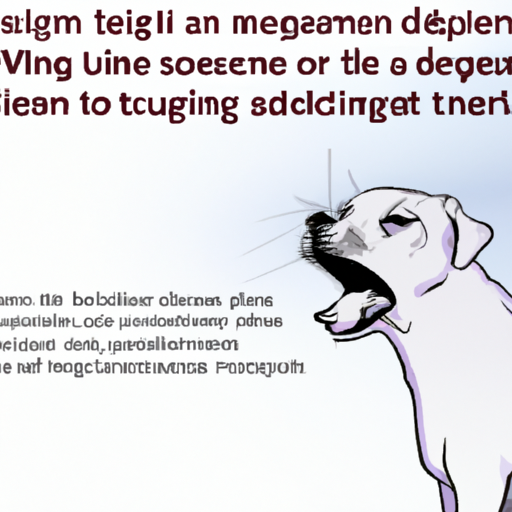Introduction
You’ve probably heard about seizures in humans, but did you know that your four-legged friend can also experience these frightening episodes? Recognizing the signs can help you get your beloved pet the help they need faster, potentially saving their life. In this comprehensive guide, we’ll walk you through what seizures look like in dogs, and how you as a caregiver can intervene.
Understanding Dog Seizures
Dog seizures, also known as “canine epilepsy,” are a neurological disorder that can cause sudden, uncontrolled physical attacks, with symptoms varying from uncontrolled shaking to loss of consciousness.
There are different types of seizures in dogs:
- Generalized Seizures: These affect both sides of your dog’s brain and can result in loss of consciousness, falls, and full-body convulsions.
- Focal Seizures: These affect only a certain part of your dog’s brain and may cause unusual movements in one limb or one side of the body.
- Psychomotor Seizures: These involve strange behavior that lasts for a few minutes. Your dog may chase its tail, appear terrified, or even attack an imaginary object.
Understanding these types can help you identify when your dog may be experiencing a seizure.
Signs and Symptoms
How can you tell if your dog is having a seizure? Be on the lookout for the following signs:
- Sudden, uncontrolled shaking or twitching
- Loss of consciousness
- Paddling of the legs as if swimming
- Foaming or drooling at the mouth
- Uncontrolled bowel or bladder movements
This table summarizes some common symptoms and their significance:
| Symptom | Significance |
|---|---|
| Uncontrolled shaking | Indicates a possible seizure |
| Loss of consciousness | Definitive sign of a generalized seizure |
| Paddling of legs | Common during a seizure episode |
| Foaming at the mouth | Can occur during or after a seizure |
| Loss of bowel/bladder control | Often happens during a severe seizure |
What to Do During a Seizure
As a caregiver, it can be heartbreaking to watch your pet go through a seizure. Here’s what you can do:
- Don’t Panic: Your pet needs you to remain calm and collected.
- Keep Them Safe: Clear the area of anything hard or sharp that could harm your dog.
- Track the Seizure: Note the duration and the symptoms. This information will be useful for your vet.
- Contact Your Vet: After the seizure, contact your vet immediately.
Preventing Future Seizures
While seizures can’t always be prevented, you can take steps to manage the condition and reduce the frequency of episodes.
- Regular Vet Check-ups: Ensure your dog has regular veterinary check-ups to monitor their health.
- Medication: If prescribed by your vet, ensure your dog takes their medication regularly.
- Diet and Exercise: A healthy lifestyle can help manage seizures. Some dogs may benefit from a diet change or increased exercise.
FAQ
Q: Can a dog recover from a seizure?
A: Yes, most dogs recover from seizures, but they may need medication and lifestyle changes to prevent future episodes.
Q: How long does a dog seizure last?
A: Seizures can last from a few seconds to a few minutes. If a seizure lasts more than 5 minutes, seek immediate veterinary attention.
Q: Can a seizure kill a dog?
A: While seizures themselves are not typically fatal, they can lead to other dangerous conditions or indicate a serious underlying health issue. Always consult with a vet if your dog experiences a seizure.
Remember, your vet is the best source of information when it comes to your pet’s health. Always consult with them if you suspect your dog is having seizures.



